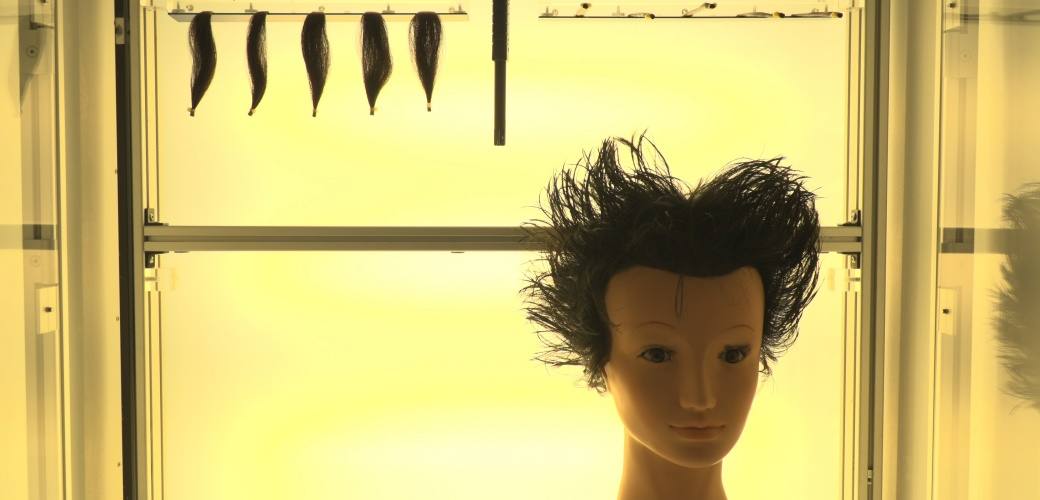
Hair and scalp
Interesting facts about hair
Everything here revolves around the right care for your scalp & hair. In this article, we'd like to give you a few interesting facts: things that you don't necessarily need to know, but which may still surprise you or leave an impression. They might just prove useful the next time you play Trivial Pursuit.
Skin & hair not only have a big impact on our appearance, but they have an influence on our well-being. Telly Savalas and Dwayne Johnson aside, everyone is familiar with a "bad hair day" or the saying "feel comfortable in your own skin".
Sometimes hair can even decide your future and your next job. Why? Because it stores information about numerous substances and materials that have been in the bloodstream, including medicine, alcohol, drugs, vitamins and minerals. And that's for weeks or even months at a time. Do you remember the man who almost became coach of the national football team who had a completely clear conscience? His hair remembered his drug use, which left the job open for a different trainer instead.
The hair root itself also contains DNA information – our genetic information – which can, for example, be analyzed as part of detective work. That's known as forensics. In other words, hair contains a memory of our lives.
Our skin, hair and sun pages contain plenty of articles about the functions of the skin and hair. Sometimes facts become impressive when we crunch the numbers.
And sometimes a look at the animal kingdom can surprise us. We've picked out a few pieces of information for you and collected them below.
Facts & figures
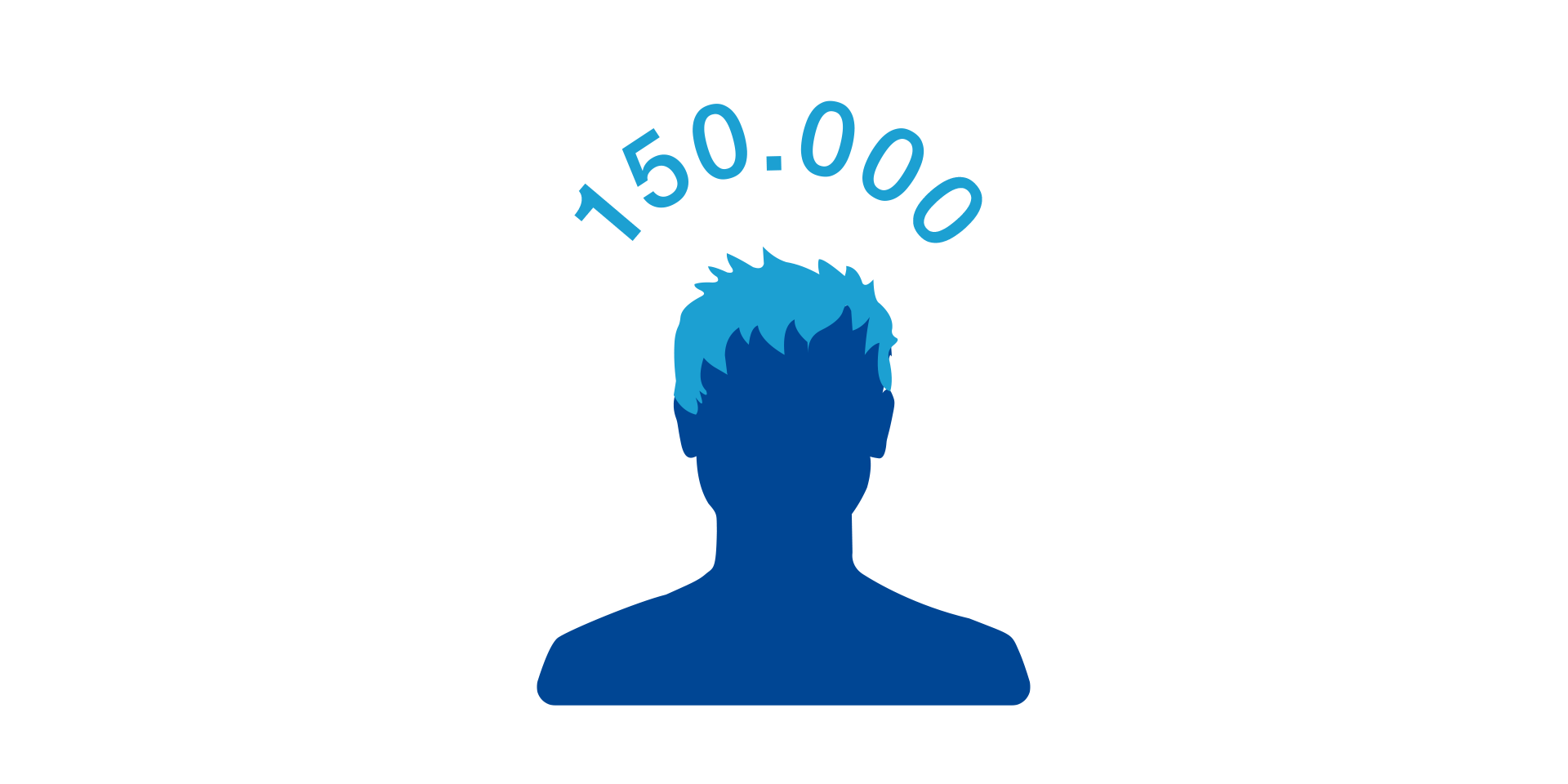
We have several million hairs on our bodies. Between 80,000 and 150,000 of them are on the head alone – known as the "main hair." Hair color plays a role in the number of strands. Blonds have more hair (approx. 150,000) than people with red hair (approx. 90,000), with brown and black in between with 110,000 and 100,000.
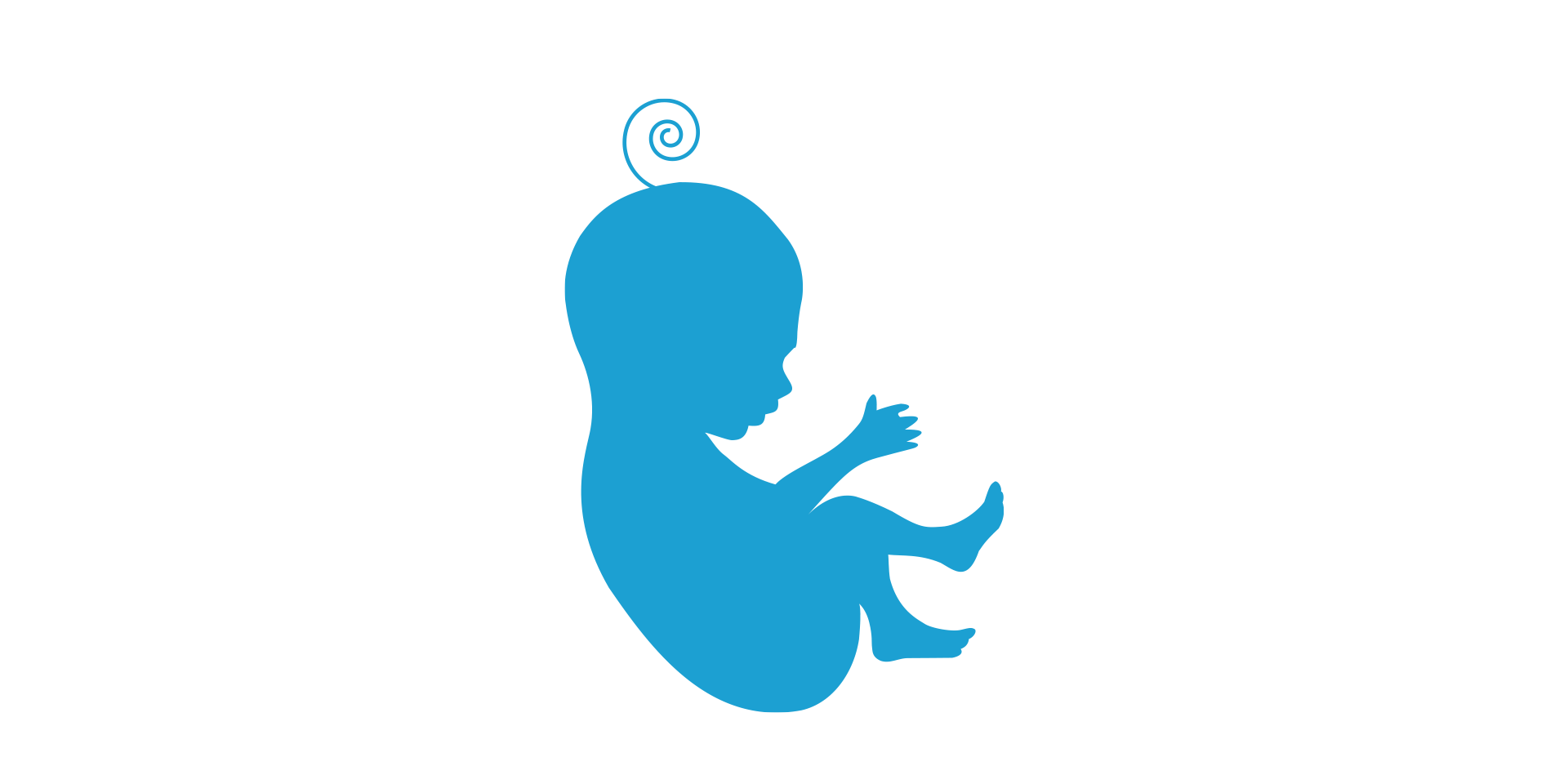
By the way, the number of individual hair follicles develops even before birth and doesn't change over the course of life.

A single hair can hold up to 100 grams before it breaks. With the number of hairs on our body, we could carry a total of around 2 elephants.
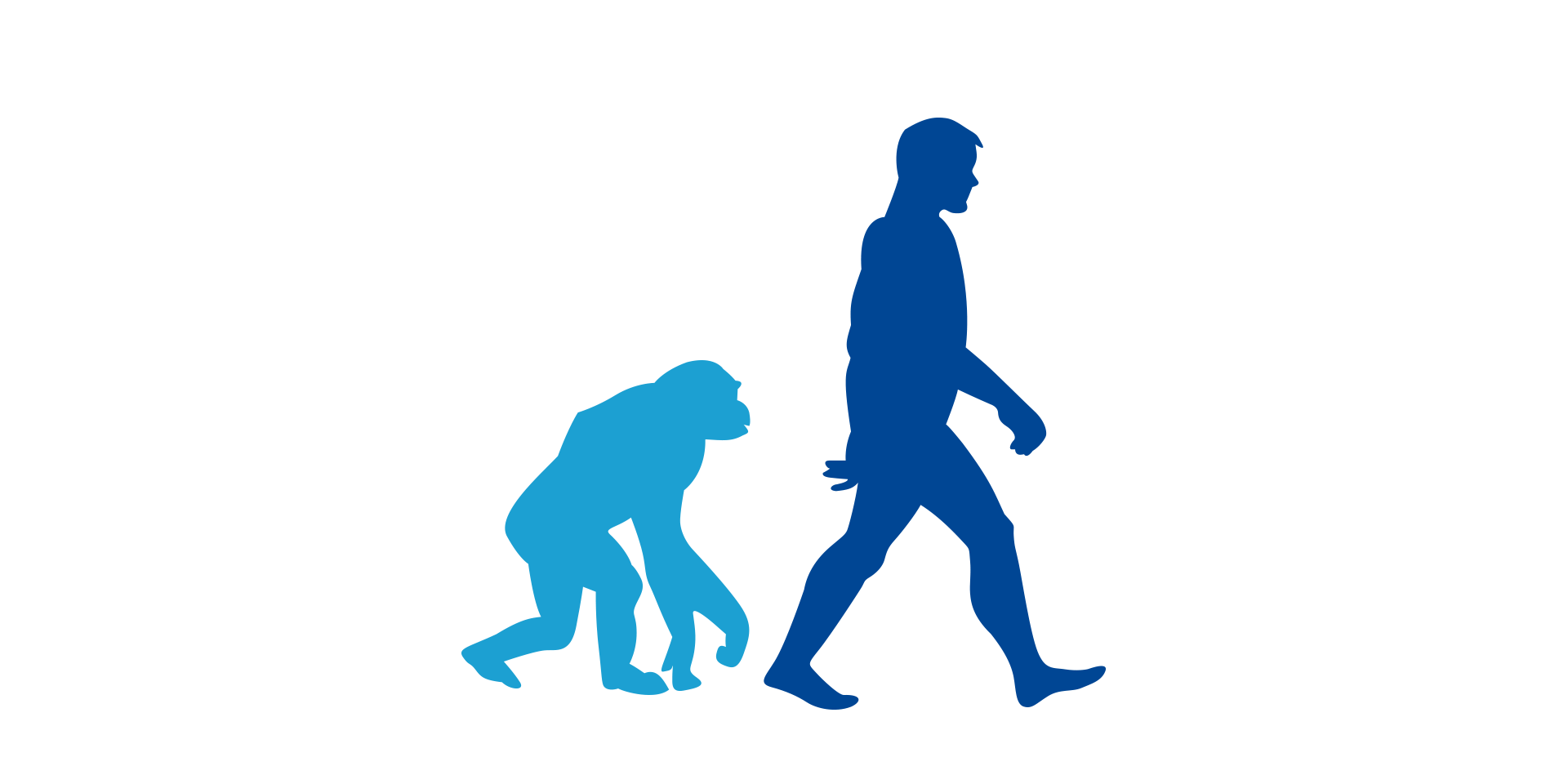
All mammals have hair or fur on their skin. However, in some species these are very fine and barely visible. Humans are the only primates that are not covered by thick body skin. That’s why people are sometimes referred to as "hairless monkeys."
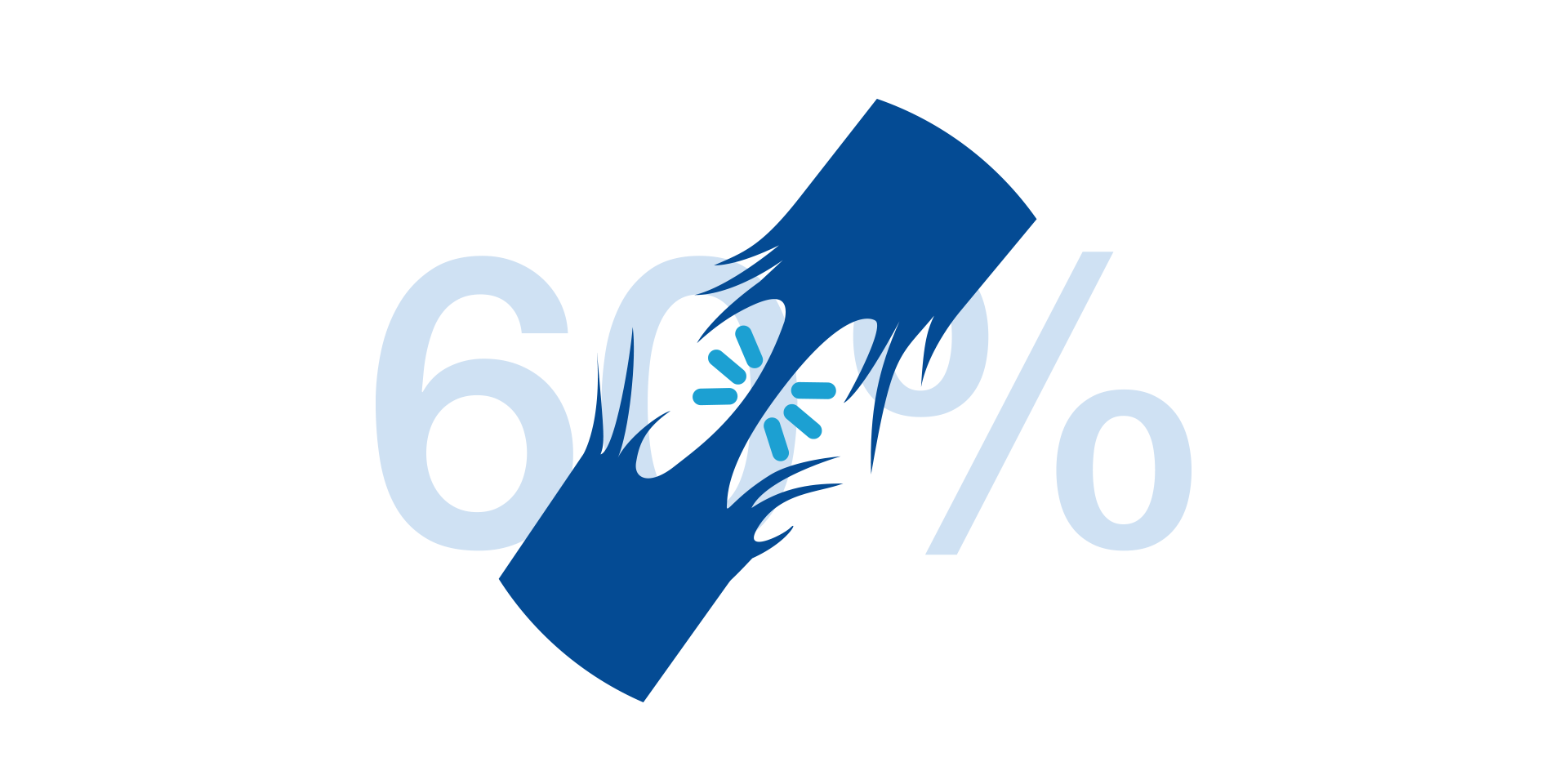
Hair is very elastic. Undamaged hair can stretch by around 60% before it breaks. If the hair is damaged, it can break much more easily.
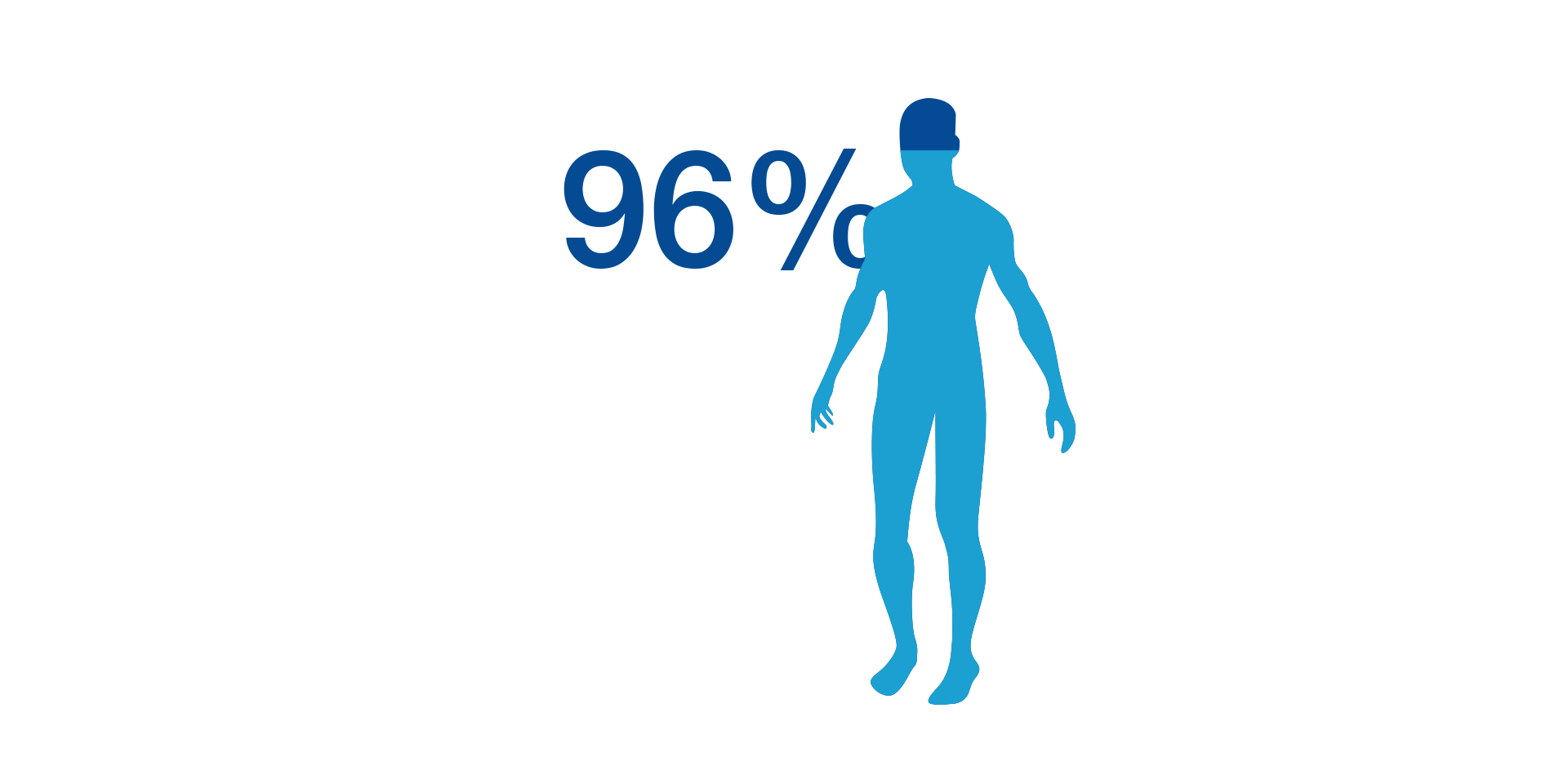
Hair is able to grow on around 96% of the skin's surface. Only our hands, lips, soles of our feet, fingernails and toenails are completely hairless.

Hair is essentially long protein threads that protrude from the skin. They consist of up to 95% keratin proteins, like our nails. This is also found in the animal kingdom, for example in bird beaks or rhinoceros horns.
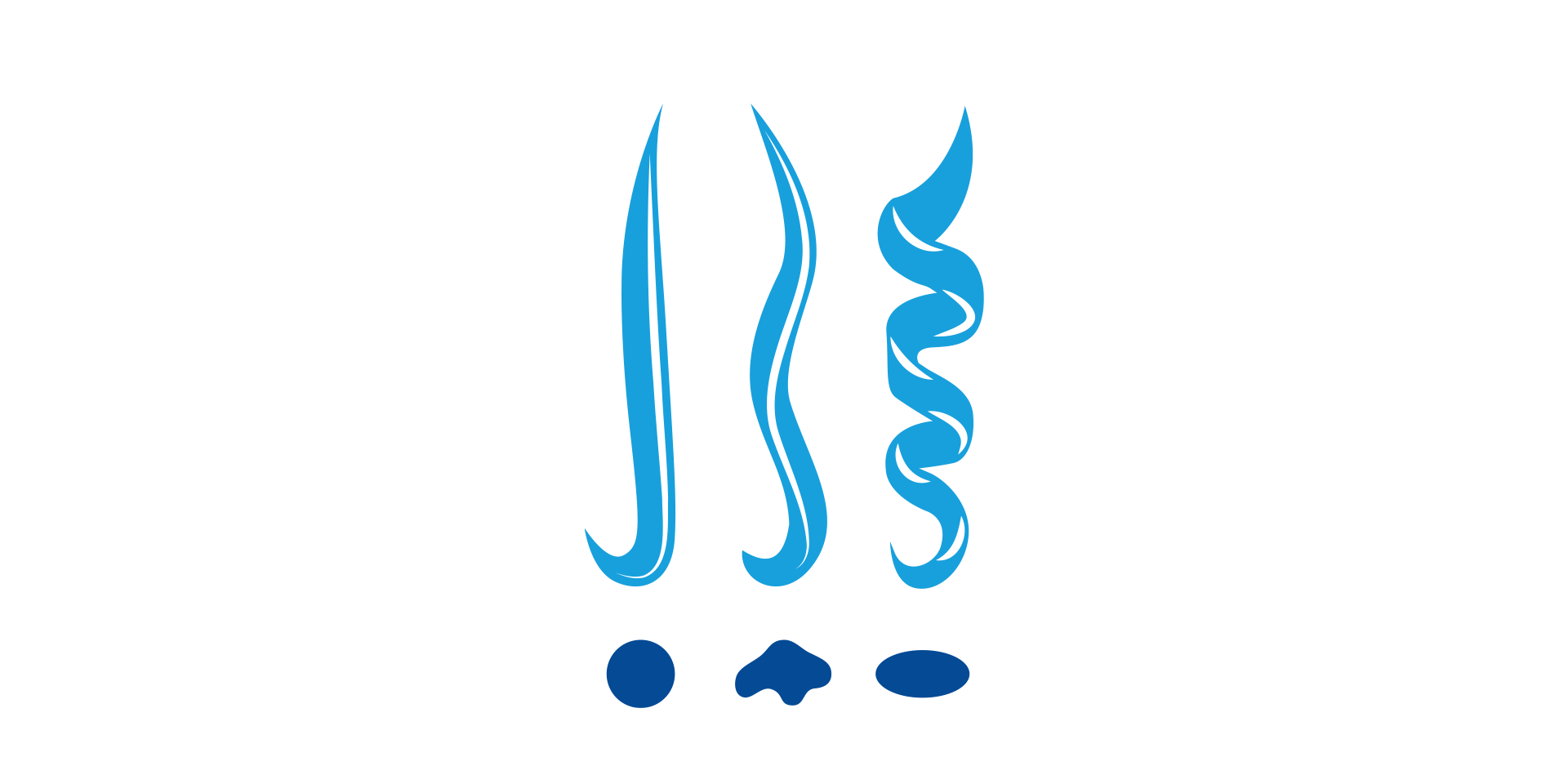
In straight hair the hair fibers are round. More irregular and/or oval-shaped hair fibers create wavy or curly hair.

A person loses an average of 70 to 100 hairs per day.

When it’s warm, your hair grows faster. It doesn't grow at night.

At any given time, about 90 percent of a person’s hair is in the growth phase. Head hair grows for several years and can grow to over 1 meter long. Xie Qiuping (China) made it into the Guinness Book of Records with her hair length of 5.62 meters. She grew her head hair for 31 years.
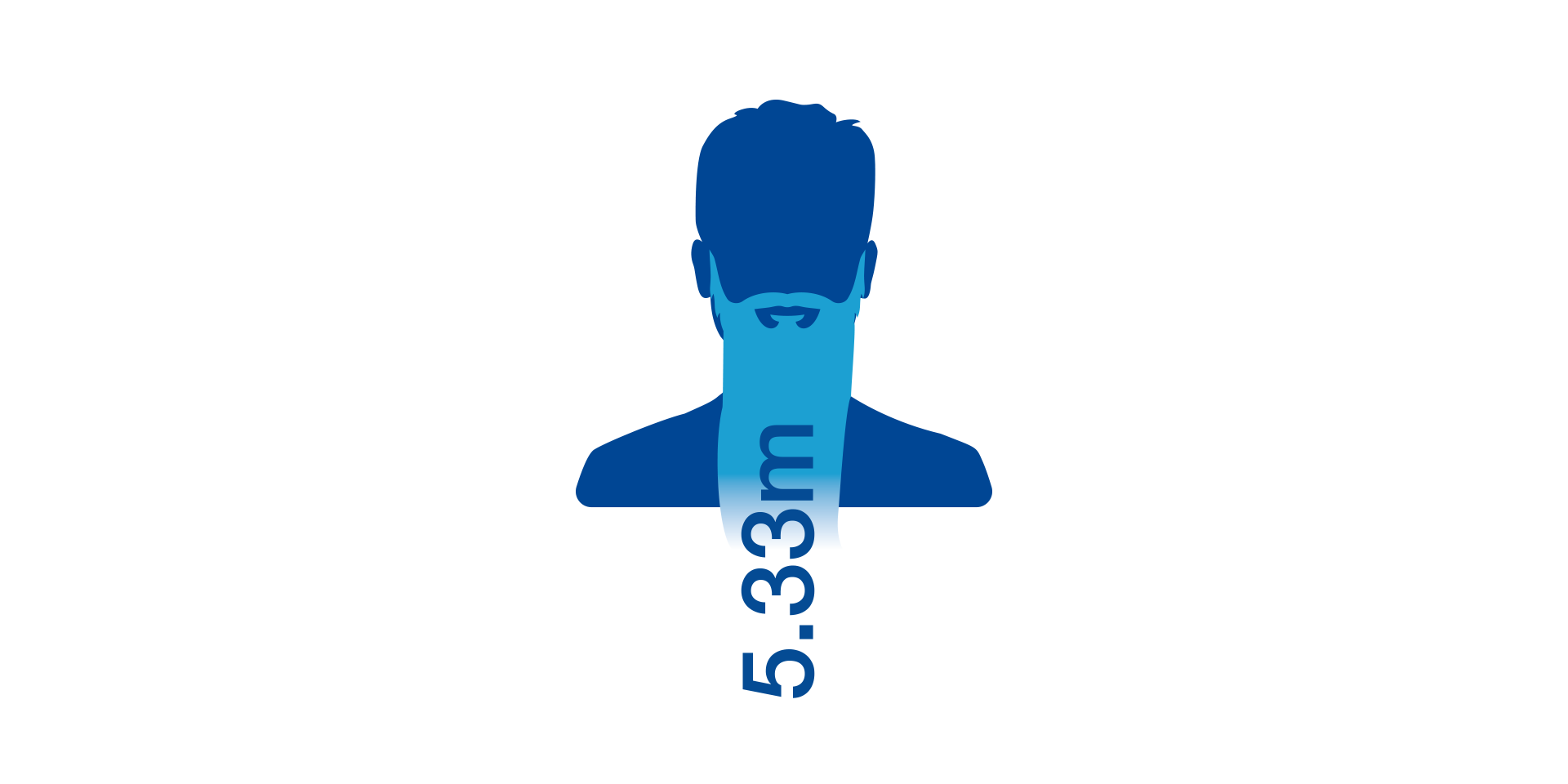
The beard of Hans N Langseth (Norway) was similar in length. His facial hair was 5.33 meters long in 1927. He was dead at the time of the measurement.

Eyelashes and eyebrows grow for 100 to 150 days, so they stay short. The same goes for hair in the ears and nose.

If you think you can accelerate hair growth, whether on your head, beard or face, by regularly cutting and shaving, you are welcome to try – but it won't make any difference. Growth cannot be influenced by this.

You cannot feel the water content in hair, at least not in the terms we think of water as a liquid – that is, water from a tap, in a stream or lake, or as a refreshing drink in a glass. Thinking of water in this way is easy to grasp. But water content in hair? Not so much, which is why we don't notice it being absorbed into our hair.

As thin and fine as hair follicles are, there is actually a small muscle in each one. It's able to straighten the hair. The next time you're in a scary situation and your hair stands on end or you get goosebumps, you know that thousands of mini muscles are working together.

Hair stores information. This allows forensics to prove whether someone has consumed alcohol, medication or drugs. Evidence can still be collected after a few weeks or months.

There are also collectors who spend huge sums on a lock of hair from deceased personalities. A lock of hair from Abraham Lincoln, a former American president, is said to have been auctioned for USD 81,125. Collectors have also dug deep into their pockets for hair from Beethoven and Elvis.

Cut hair finds a new purpose. Due to their ability to bind fats and oils, hair is used to clean and remove oil from oceans. The idea came from a French hairdresser.

Gold, brown, red or black – hair color is created by varying content of the pigment melanin in the keratinized cells. Eumelanin provides black-brown coloring, phaeomelanin red-gold coloring. Black hair is the most common in the world. Red is the rarest.

Only bone marrow grows faster in our body than our hair.

Asian hair grows faster than African hair: 1.3 cm per month compared to 0.9 cm per month.

Not a good idea, but effective: hair can be bleached blond with pigeon droppings.

In chemotherapy, cytostatic drugs are administered to destroy rapidly growing cancer cells. Unfortunately, these medications cannot distinguish between "good" and "bad." Because hairs, or rather the cells in the hair root, are also rapidly dividing cells, the cytostatic drugs also have an effect on them. As a result, hair falls out and doesn't grow back while the active ingredients remain in the body.
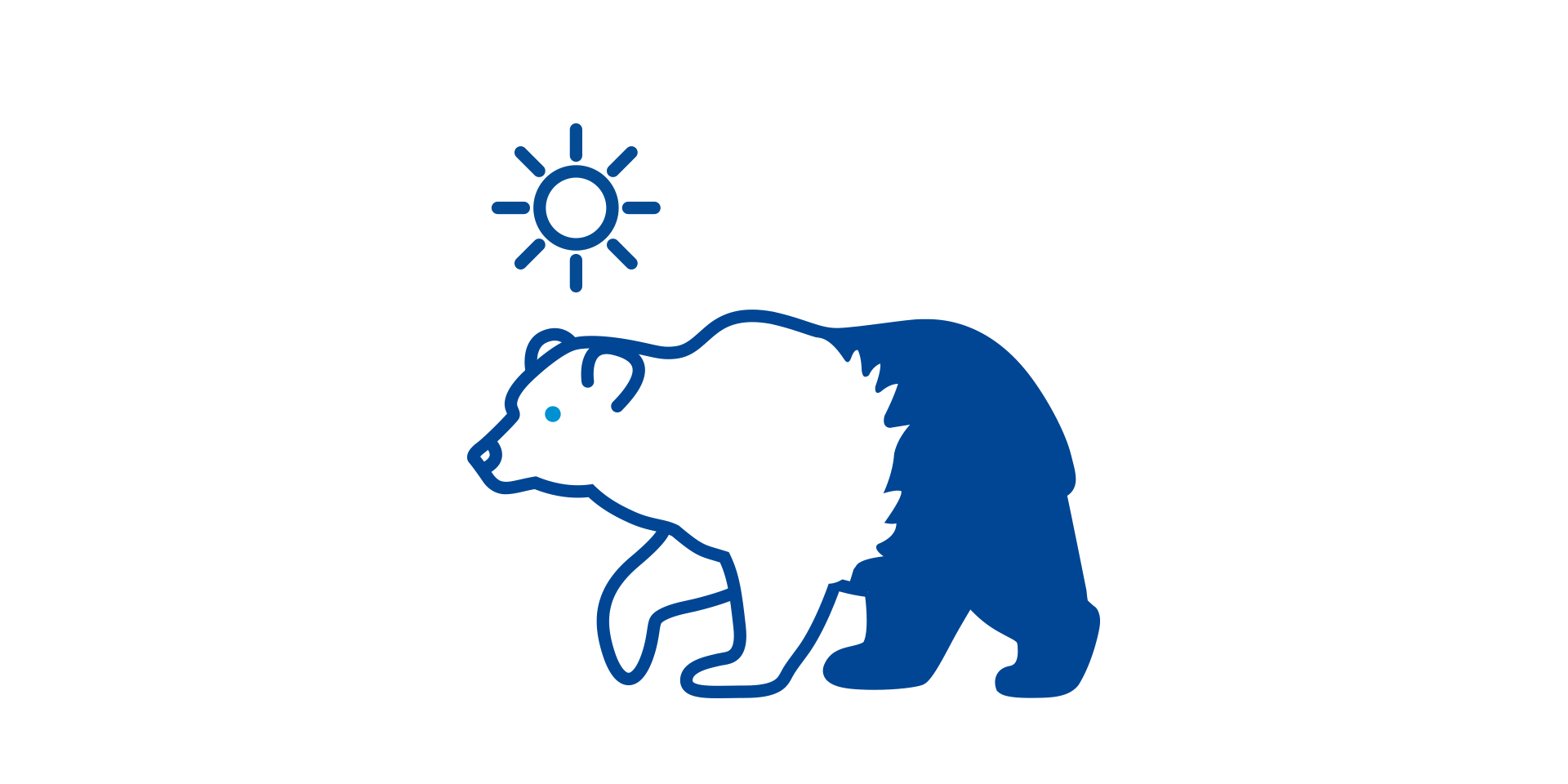
The coat of a polar bear is actually dark, but the hair is hollow and looks white due to the change in light diffusion.
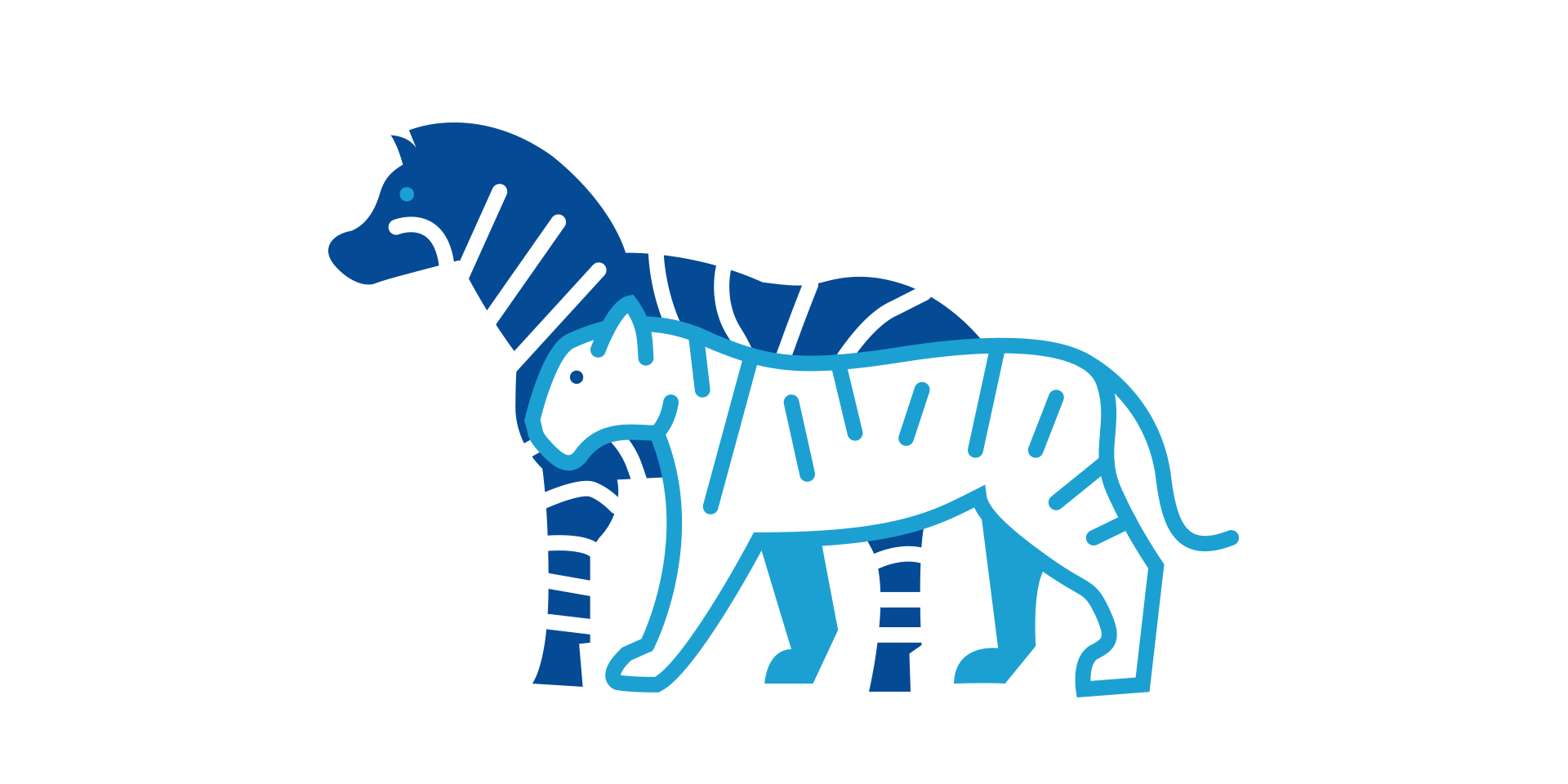
The stripes of a zebra are not visible on its skin. The stripes of a tiger, on the other hand, are.

Hair color changed after going to the pool? It's possible for people with blond hair. Copper ions that get into the water from water pipes can settle in blond hair and develop an unpleasant green streak. Old copper pennies often looked greenish after years in circulation.
This concludes our little excursion into the world of facts and figures. Now we want to once again dedicate ourselves to correct care. Bear in mind: Do what is good for you and feel good while doing it.
Interesting facts about skin
Do you know the color of the polar bear's skin? Did you know that weightlessness in space has an effect on our skin? Discover interesting facts from the world of skin.
More information
